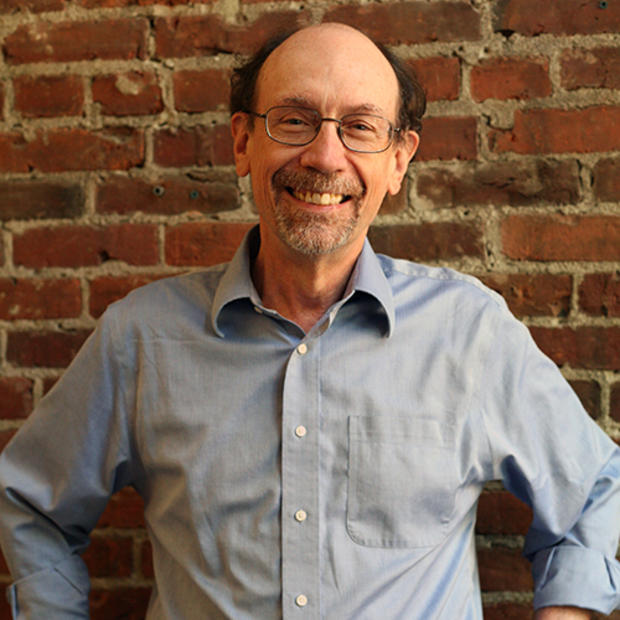There was a bit of campaign theater the other day that both sides of the waterfront tunnel ballot issue appear to love. That probably says something about how the issues play both ways as the campaigns try to attract those who haven't entirely made up their minds how to vote on city of Seattle Referendum 1 during the Aug. 16 primary.
In trying to drum up votes against approving the referendum, opponents of the tunnel set up a phony toll booth near the entrance to the Battery Street Tunnel leading to the Alaskan Way Viaduct. That's to appeal to undecided voters concerned about paying tolls as part of the financing of the new waterfront tunnel. So, it is smart for tunnel opponents to drive home the point with exactly the people whose current routes go along the waterfront, for free so far.
But the anti-tolling theme provoked quite a bit of discussion when very savvy tunnel opponents Esther Handy, campaign manager for Protect Seattle Now, and Cary Moon of the People's Waterfront Coalition visited with Crosscut writers and editors earlier this week. They were asked: Won't the stirring of concern about tolls here play into a Tim Eyman-sponsored ballot measure that proposes to make it harder for the state to impose tolls, often seen by environmentalists as a key to smarter transportation systems? Handy, like Moon very much an environmentally conscious thinker, replied, "The good thing is we are on different ballots. ... We are in August, and he is in November." She went on to call Eyman's initiative potentially "devastating."
It's the Eyman connection and the potential for further environmental, transportation, and traffic-generated greenhouse gas complications (Eyman is receiving big support from Bellevue developer Kemper Freeman). So, while Protect Seattle Now was posting toll-house photos on its Facebook page, supporters of the tunnel were sending the photos around by email. (The tunnel supporters are also passing around photos of Eyman at an anti-tunnel event.) The message: Can a campaign tainted with Eyman association on the tolling question really be giving you such smart advice on what's a smart environmental vote?
Similarly, the anti-tunnel campaign and voters have to wrestle with the fact that some of the opposition to Referendum 1 will come from people who really, really want to keep the cars-uber-alles Viaduct. So, if the referendum goes against the tunnel, couldn't the end result be that the state decides simply to repair the Viaduct or even rebuild it?
Moon's answer largely boils down to suggesting that enough people want the waterfront to be redeveloped as a park without a viaduct, rebuilt or new. That would open up the options for improving I-5 to carry more traffic and improving transit, essentially a vision she has argued well for years. Plus, some smarter use of surface streets would help. She also drives home the point that the state isn't likely to see repairs as cost-effective.
Again, though, it's a dilemma: Even if you want to reject the tunnel, you may fear ending up with a new or rebuilt version of the current waterfront monstrosity. Or, you may fear worse the longer-term effects of investing large sums of money in a new tunnel that encourages traffic.
To get directly at some of the issues in depth, Moon suggests examining serious professional studies: here, here, and here.


